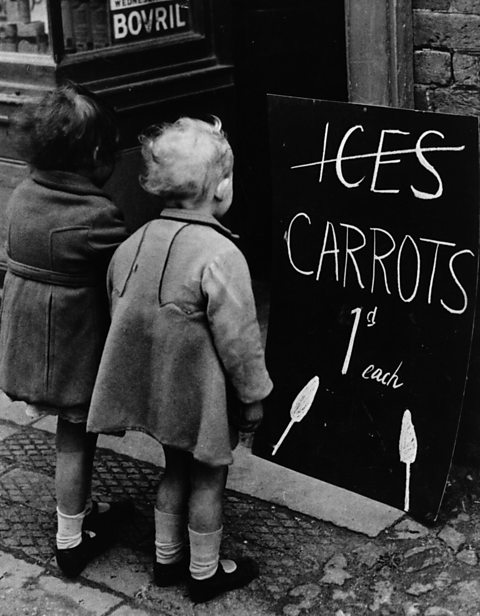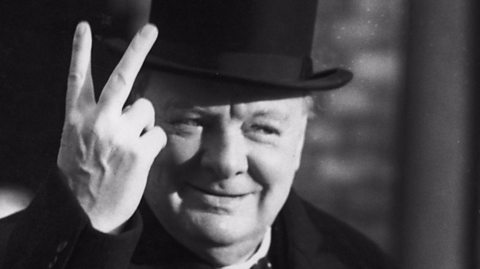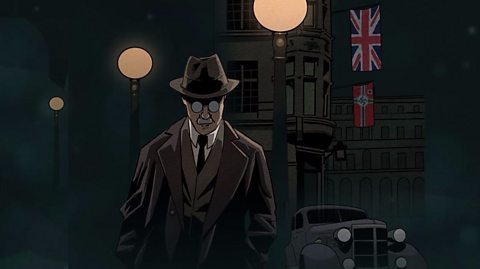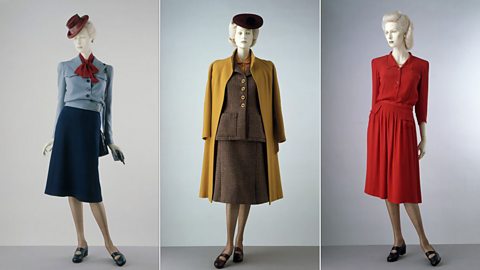The diet of a lifetime
Food rationing started in January 1940, four months after the start of World War Two. It ran for the next 14 years and changed our eating habits for more than a generation.
Throughout the war each person was allocated a scientifically devised weekly provision of specific foods.
We often think of rationing as a 'starvation diet' but the daily calorific value was around 3000 calories. This is up to 1000 more than we are recommended today ÔÇô so was it still good for us?
CLICKABLE: 1945 weekly ration
During rationing, men and women had the same quantities of food. Everyone needed a ration book in addition to money to buy weekly goods. Supplements including milk, concentrated orange juice and cod liver oil were given to pregnant women, children and the elderly. Some manual labourers, such as miners and Land Girls, received extra rations. Although amounts of each foodstuff fluctuated over the war, this is what an adultÔÇÖs typical ration might have been in January 1945.
Click or tap on the different foods to discover more about rationing in World War Two and its nutritional benefits.

The shop of horrors
An assault on the taste buds
As the war progressed, housewives on the ÔÇÿkitchen frontÔÇÖ were bombarded with ingenious ideas designed to land a direct hit on ration fatigue.
Carrots on sticks
Carrots were used as alternative to fruit in cakes and tarts due to their natural sweetness. They were even stuck on sticks and given to unimpressed children instead of lollies.
ÔÇÿMockÔÇÖ recipes
'Morale boostingÔÇÖ concoctions were developed to replace rarely available luxuries. Mock crab was a shell-shocking mixture of powdered egg, cheese and salad cream. Sausage meat and potato or breadcrumbs formed an unlikely ÔÇÿmock duckÔÇÖ.
Ersatz coffee
Coffee was virtually impossible to buy and numerous imitations surfaced, much to the horror of resident American GIs. Not quite the Forties ÔÇÿflat whiteÔÇÖ, one was a resourceful blend of roasted chicory and dandelion root.
Liquid paraffin
As cooking fats were rationed, oil-based liquid paraffin was used as an alternative in pastry making, frying and cake baking. Its well-known laxative effect was an accepted hazard of the wartime dining room.

Learn more about this topic:
WW2: Did Winston's words win the war? document
Winston Churchill is revered as one of history's great orators, but just how crucial a role did his speeches play in winning World War Two?

WW2: "Tell Me Your Secrets" - An interactive graphic novel. game
Can you save Britain from the Nazis by carefully sharing secrets with America? Based on Sir Henry Tizard's real mission, choose carefully in this graphic novel.

WW2: Did the war introduce designer fashion to our high streets? document
The Second World War is an unlikely time for a fashion moment - and yet the war fundamentally changed the relationship between designers and the High Street.
